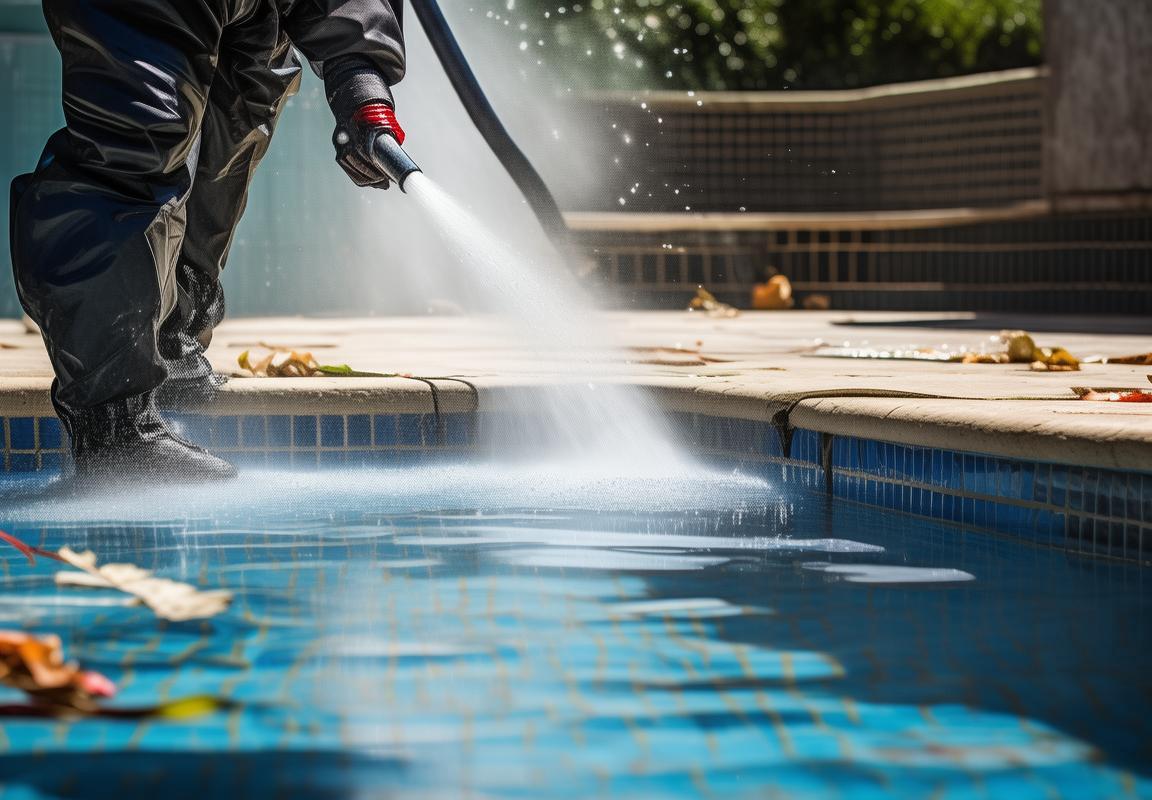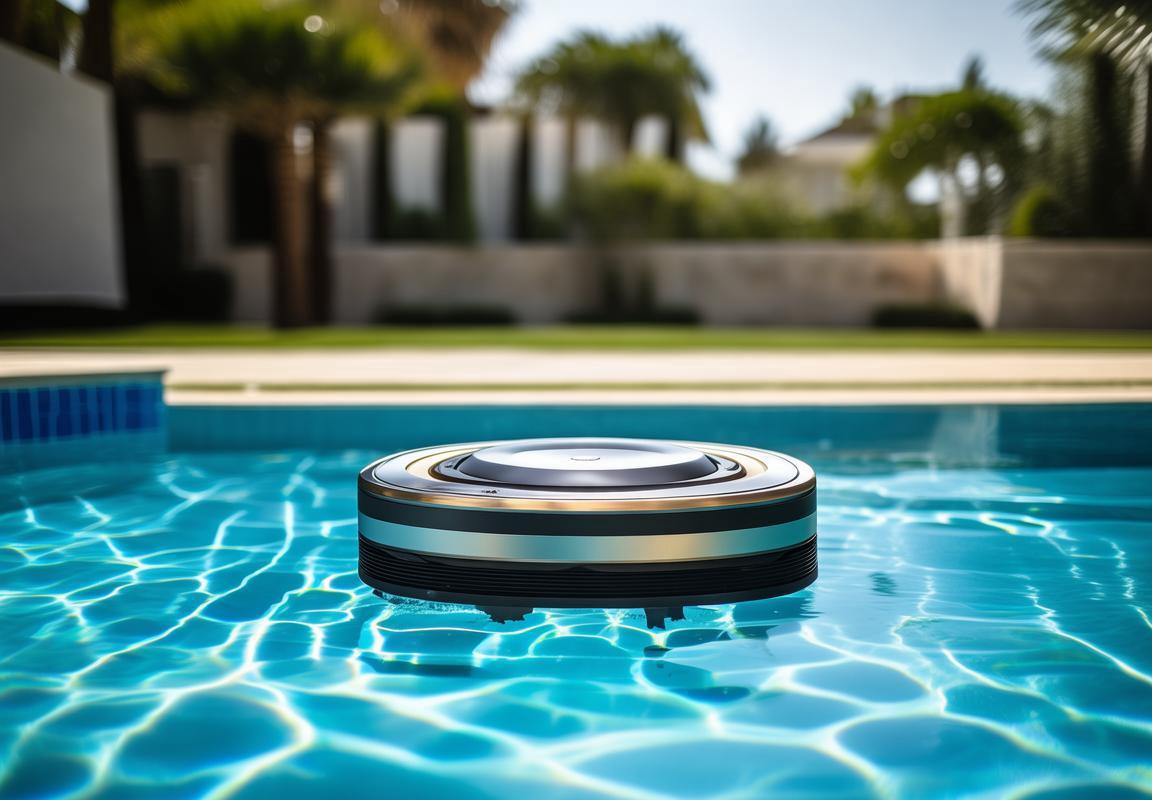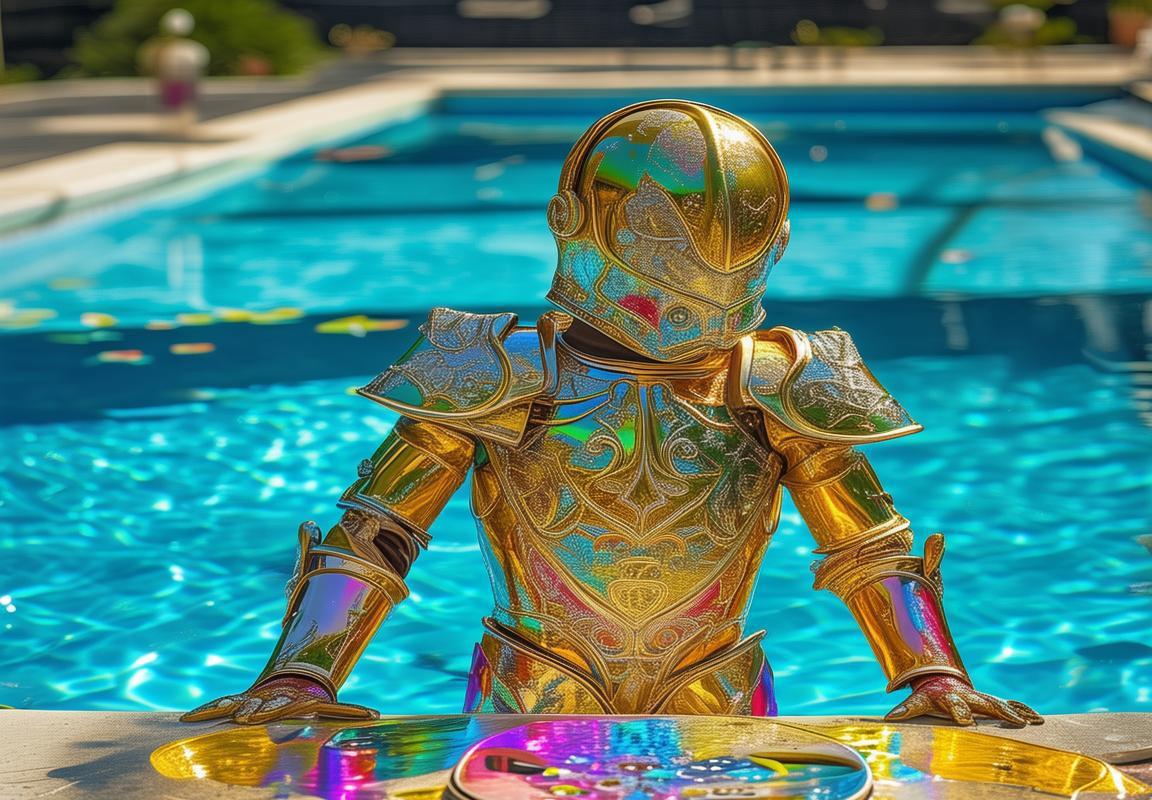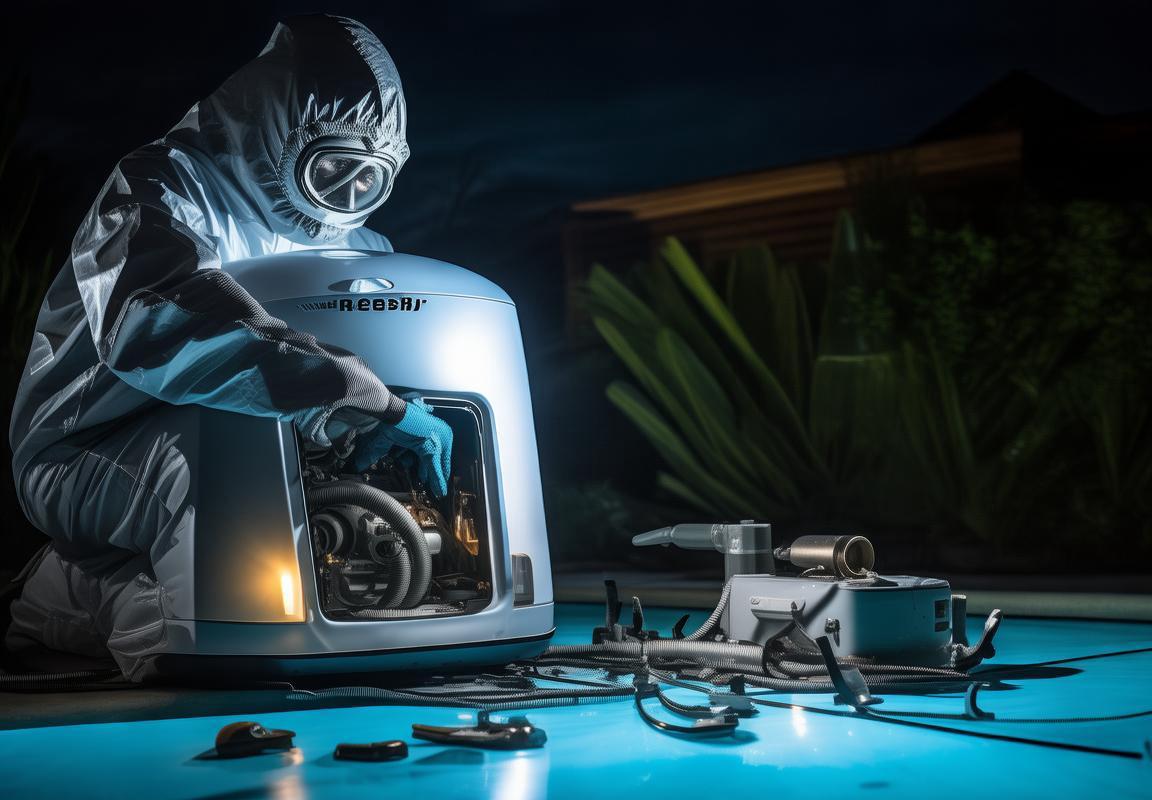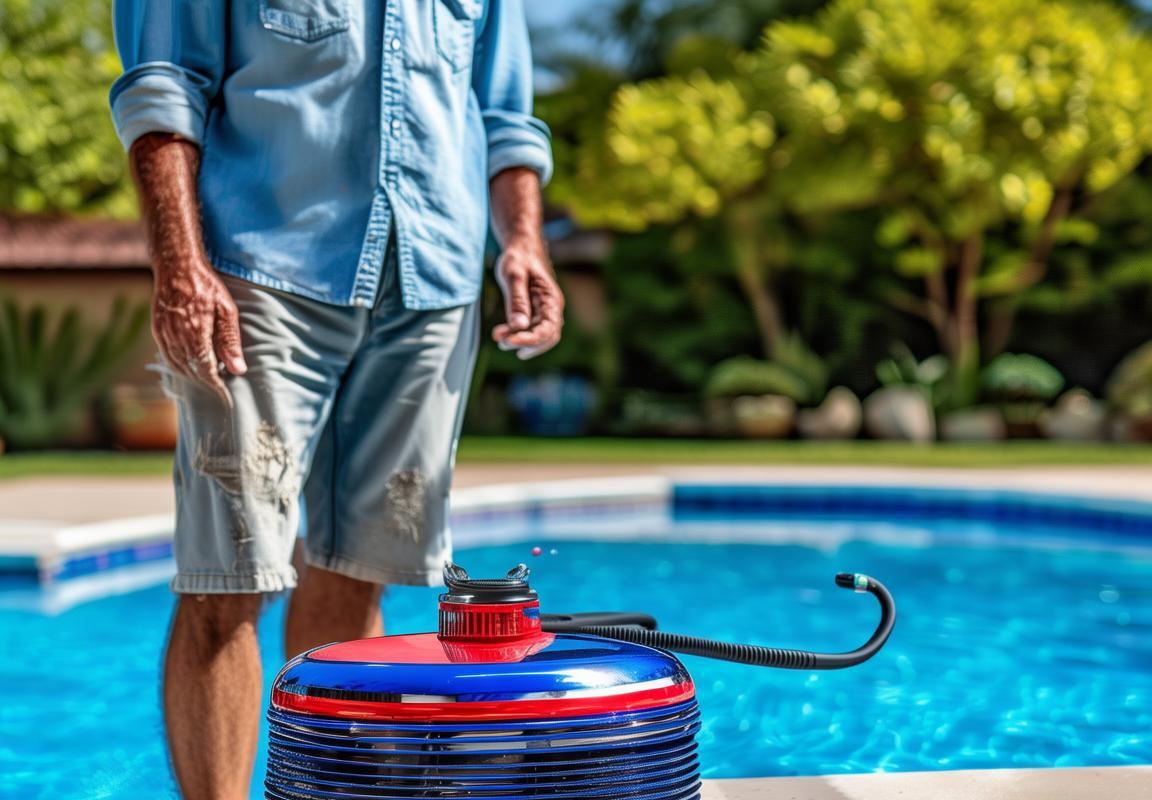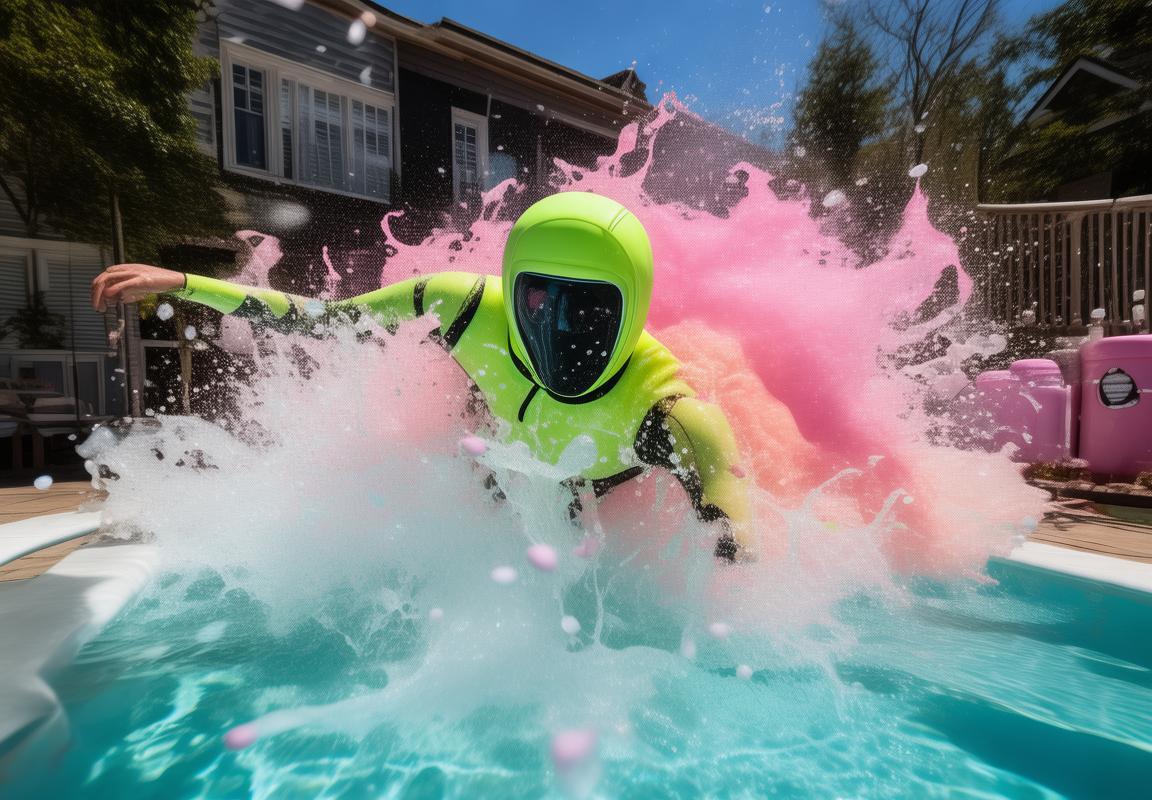The Pool Cleaner 4 Wheel Drama: Fixing Common Problems, Maintenance Tips & Wheel Repair for Wall-Climbing Issues
Your 4-wheel pool cleaner acting up? Common pool cleaner problems include spinning in circles, getting stuck, or refusing to climb walls—often due to simple fixes. If it’s not climbing walls, check suction (clean the filter, boost pump power) or adjust hose length (too short = no reach; too long = tangles). For erratic movement, inspect wheel maintenance: debris-clogged axles or worn treads can cause veering or stalls—clean them monthly and replace if cracked. Pool cleaner wheel repair is cheap (under $30/set) and often the difference between a lazy bot and a hard worker. Low suction? Empty the debris bag early (don’t wait until it’s packed) and check for hose kinks. If it avoids spots, manually pre-clean corners or steps—no cleaner is perfect. Quick fixes: straighten hoses, balance floaters, and use silicone lube (never WD-40) on wheels. Remember, 4-wheel pool cleaner maintenance is key: neglect leads to drama. If it’s older than 5 years, weigh repair costs vs. upgrading. Bottom line: Treat it right, and it’ll stop acting like a diva.

